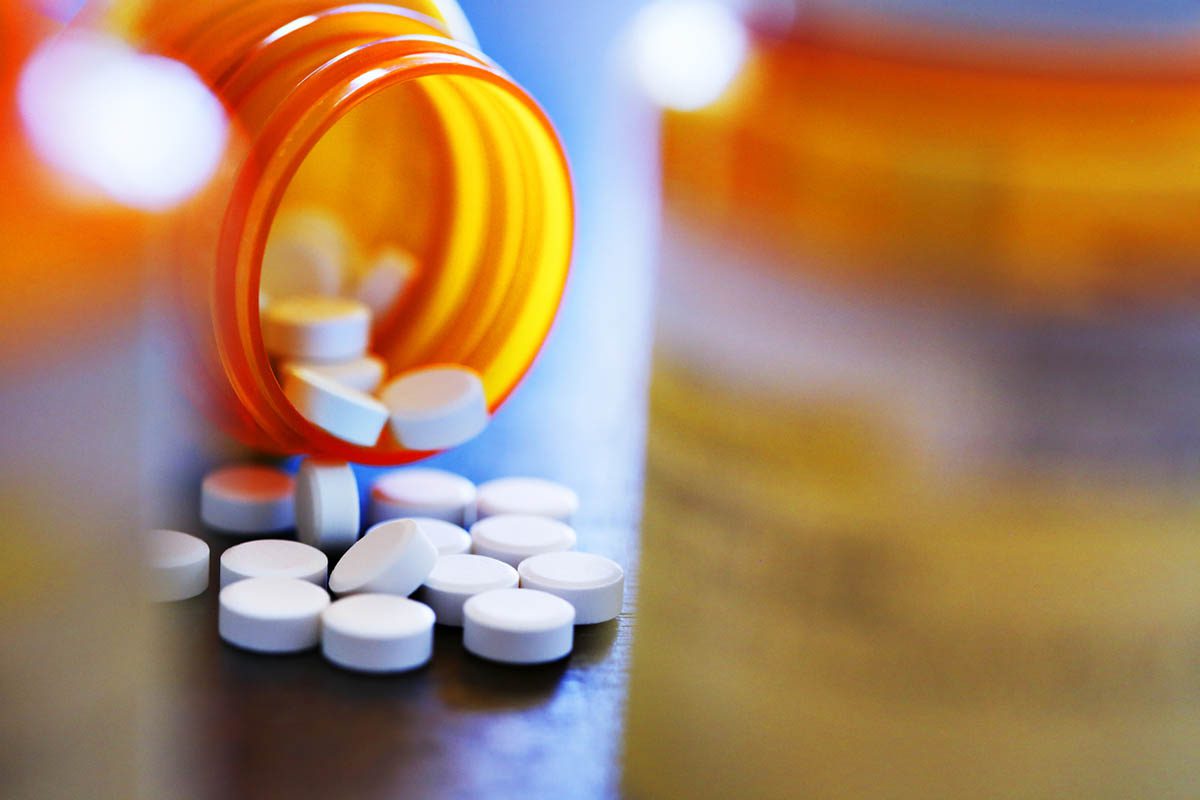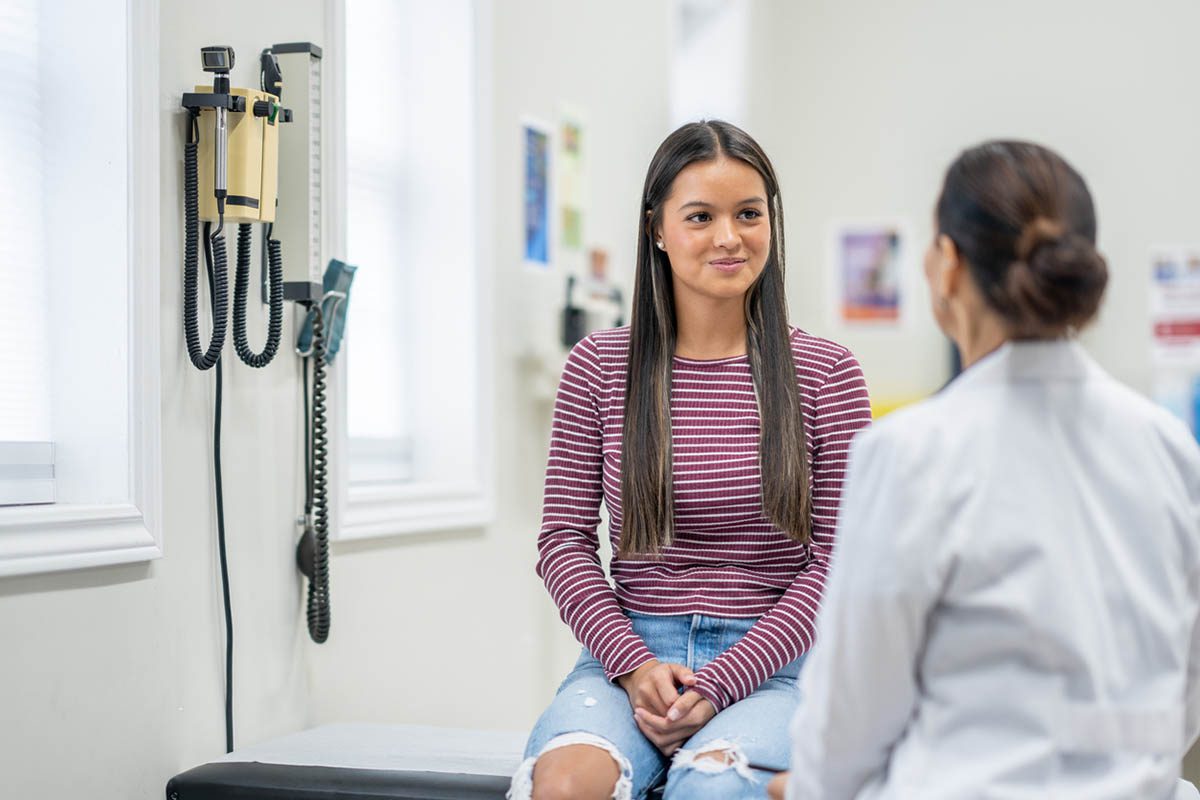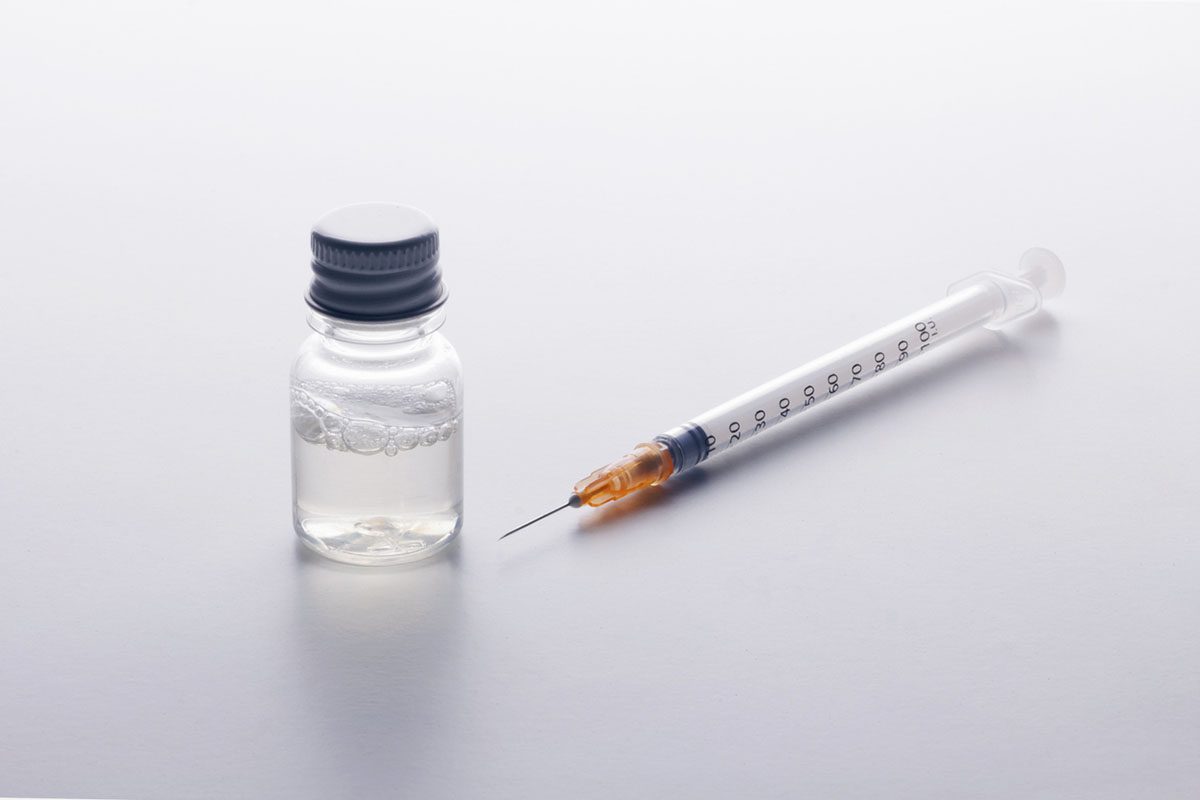Naltrexone and Prazosin Combination for Posttraumatic Stress Disorder and Alcohol Use Disorder
To the Editor: Posttraumatic stress disorder and alcohol use disorder often co-occur. We report a case in which combination treatment with naltrexone and prazosin was effective for both disorders.
Case report. Mr A, a 37-year-old married man diagnosed with major depressive disorder and alcohol use disorder, was admitted in August 2013 to the co-occurring inpatient unit at Sheppard Pratt Health System, Baltimore, Maryland. He endorsed having hypomanic episodes in the past, and the diagnosis was changed from major depressive disorder to bipolar II disorder (DSM-5 criteria). Mr A was physically abused as a child by his father. He reported posttraumatic stress disorder (PTSD) symptoms that were experienced only during daytime, without PTSD-related nightmares or sleep problems. He was diagnosed with PTSD (DSM-5 criteria) during this admission. His active medications included fluoxetine 40 mg daily and quetiapine 50 mg for sleep (which was not related to PTSD). These medications were discontinued because they were not indicated for bipolar depression and insomnia, respectively. Oral tablets of lithium 600 mg, prazosin 1 mg, and naltrexone 25 mg daily were started. On day 2, prazosin was increased to 1 mg twice daily, and naltrexone was increased to 50 mg at bedtime. Lithium was increased from 900 mg to 1,200 mg (lithium level 0.99 mEq/L) at bedtime after the lithium level was found to be low with 900 mg. Alcohol craving and flashbacks decreased in 4 days. There was a complete remission of alcohol craving and flashbacks in 2 and 4 weeks, respectively. To date, Mr A has been abstinent from alcohol for 6 months.
There is a high comorbidity between PTSD and alcohol use disorder. More than 50% of Vietnam combat war veterans with PTSD subsequently developed alcohol use disorder.1 Woman with PTSD from childhood rape often self-medicate with alcohol to reduce symptoms of PTSD.2 Naltrexone is an opioid antagonist used for the treatment of alcohol use disorder. In an animal study, naltrexone prevented increased alcohol consumption following trauma.3 Prazosin, an α1-adrenergic antagonist, is effective for nightmares in PTSD.4 In a recently published review, patients with PTSD treated with prazosin reported almost complete remission of daytime symptoms such as hyperarousal, flashbacks, and daytime reexperiencing of the trauma.5 Prazosin reduced alcohol self-administration in rodents.6 Prazosin decreased stress and cue-induced alcohol craving in people with alcohol use disorder.7 In humans, there is evidence to support that prazosin reduces consumption of alcohol.8 In a randomized controlled trial, prazosin was shown to be efficacious for alcohol use disorder.9 There is evidence to support the use of naltrexone for PTSD.10 Both medications have been approved by the US Food and Drug Administration.
Individual pharmacotherapy is effective for the treatment of PTSD and alcohol use disorder; however, no medications have been proven to be effective for these co-occurring disorders. Individuals with co-occurring PTSD and alcohol use disorder report increased alcohol craving following exposure to personalized trauma cues, in the absence of cues related to alcohol.11 This co-occurring disorder may be associated with severe clinical impairment with more relapses. Alcohol-preferring rats were fed naltrexone and prazosin alone or in combination for 4 weeks, and the effect of drug treatment on alcohol was assessed.12 The combination of naltrexone and prazosin was significantly more effective in reducing alcohol intake than either drug alone. The authors concluded that naltrexone and prazosin combination reduced alcohol consumption.12
This novel treatment with naltrexone and prazosin, which may have a synergistic effect, was effectively used in the management of our patient. This combination was safe, effective, and tolerable. To our knowledge, this is the first case report on the use of the combination of naltrexone and prazosin for PTSD and alcohol use disorder. This therapeutic strategy should be considered by clinicians in the management of these challenging co-occurring disorders, as it may lead to better outcomes. Future randomized clinical trials are warranted to validate this finding.
References
1. Bremner JD, Southwick SM, Darnell A, et al. Chronic PTSD in Vietnam combat veterans: course of illness and substance abuse. Am J Psychiatry. 1996;153(3):369-375. PubMed
2. Epstein JN, Saunders BE, Kilpatrick DG, et al. PTSD as a mediator between childhood rape and alcohol use in adult women. Child Abuse Negl. 1998;22(3):223-234. PubMed doi:10.1016/S0145-2134(97)00133-6
3. Volpicelli J, Balaraman G, Hahn J, et al. The role of uncontrollable trauma in the development of PTSD and alcohol addiction. Alcohol Res Health. 1999;23(4):256-262. PubMed
4. Raskind MA, Peskind ER, Kanter ED, et al. Reduction of nightmares and other PTSD symptoms in combat veterans by prazosin: a placebo-controlled study. Am J Psychiatry. 2003;160(2):371-373. PubMed doi:10.1176/appi.ajp.160.2.371
5. Koola MM, Varghese SP, Fawcett JA. High-dose prazosin for the treatment of posttraumatic stress disorder. Ther Adv Psychopharmacol. 2014;4(1):43-47. PubMed doi:10.1177/2045125313500982
6. Lê AD, Funk D, Juzytsch W, et al. Effect of prazosin and guanfacine on stress-induced reinstatement of alcohol and food seeking in rats. Psychopharmacology (Berl). 2011;218(1):89-99. PubMed doi:10.1007/s00213-011-2178-7
7. Fox HC, Anderson GM, Tuit K, et al. Prazosin effects on stress- and cue-induced craving and stress response in alcohol-dependent individuals: preliminary findings. Alcohol Clin Exp Res. 2012;36(2):351-360. doi:10.1111/j.1530-0277.2011.01628.x PubMed
8. Raskind MA. Sustained recovery from chronic alcohol dependence with prazosin treatment of PTSD. Alcohol Clin Exp Res. 2009;33:311A.
9. Simpson TL, Saxon AJ, Meredith CW, et al. A pilot trial of the α1-adrenergic antagonist, prazosin for alcohol dependence. Alcohol Clin Exp Res. 2009;33(2):255-263. PubMed doi:10.1111/j.1530-0277.2008.00807.x
10. Generali JA, Cada DJ. Naltrexone: posttraumatic stress disorder. Hosp Pharm. 2012;47(6):441-442. doi:10.1310/hpj4706-441
11. Coffey SF, Saladin ME, Drobes DJ, et al. Trauma and substance cue reactivity in individuals with comorbid posttraumatic stress disorder and cocaine or alcohol dependence. Drug Alcohol Depend. 2002;65(2):115-127. PubMed doi:10.1016/S0376-8716(01)00157-0
12. Froehlich JC, Hausauer BJ, Rasmussen DD. Combining naltrexone and prazosin in a single oral medication decreases alcohol drinking more effectively than does either drug alone. Alcohol Clin Exp Res. 2013;37(10):1763-1770. PubMed
Author affiliations: Doctor of Medicine Program, Xavier University School of Medicine, Oranjestad, Aruba (Mssrs Qazi, Wijegunaratne, and Savajiyani); and Clinical Research Program, Sheppard Pratt Health System and Department of Psychiatry, University of Maryland School of Medicine, Baltimore (Dr Koola).
Author contributions: Mr Qazi wrote the first draft of the manuscript. Mssrs Wijegunaratne and Savajiyani did the literature search, made intellectual contributions, and edited the manuscript. Mr Qazi wrote this manuscript under the mentorship of Dr Koola.
Potential conflicts of interest: None reported.
Funding/support: None reported.
Acknowledgments: Mssrs Qazi, Wijegunaratne, and Savajiyani thank Sheppard Pratt Health System and Dr Koola, the attending psychiatrist.
Published online: August 21, 2014.
Prim Care Companion CNS Disord 2014;16(4):doi:10.4088/PCC.14l01638
© Copyright 2014 Physicians Postgraduate Press, Inc.




